We can all reduce our carbon footprint and energy bills simply by changing our behaviour or by making investments (small and big) to align our power use to when renewable energy is available. This is what EnergyFlex measures.
EnergyFlex shows you how much money you could save on your energy bills and how much carbon you could prevent from entering the atmosphere when you become more energy flexible. We call this improving your flexibility.
Flexibility is the key for electricity to become cheaper, for all of us. It is the key to enabling electrification at the lowest cost possible, and our fight against climate change. It is also the key to continued improvement in our standard of living.
The more flexibility you demonstrate, the higher your EnergyFlex Rating will be – and that’s good for the planet and your pocket.
 How can I control my energy costs?
How can I control my energy costs?
There are two main ways that you can control your energy costs:
- Change energy plans, or
- Improve your flexibility – Shift usage to match renewables in the grid.
For maximum benefit, you will likely need to do both.
Before you choose the best energy plan, you need to understand how and when you use energy, and where you can be flexible.
This will help you decide what kind of energy plan and tariff is best for you, for example:
- Flat rate – Pay a single rate no matter what time of day you use energy.
- Time-of-use or variable rate – Pay different rates (peak, off-peak, and shoulder tariffs) depending on the time of day.
- Controlled load tariff – Pay a controlled load tariff for some appliances, like hot water systems. These rates are usually lower than flat and peak rates, but you’ll need a dedicated meter for the appliance.
- Demand tariff – Rates are charged based on the amount of kWh of energy used. You can save money by reducing your demand during peak periods and by taking turns running appliances, instead of running them all at once.
- Non-public energy plans – If this is a better fit for your needs, call your retailer to discuss your use and plan.
You need a smart meter for all the energy plans listed above, except for the flat rate plan.
If you have a smart meter, EnergyFlex can help you understand the full value and impact of your energy use and how much money you can save by changing electricity plans and/or shifting some of your use into periods when electricity is cleaner and cheaper.
You can change energy plans and retailers as often as you like*. To compare public retail offers, head to the Energy Made Easy site.
 How can I negotiate a better rate with my energy retailer?
How can I negotiate a better rate with my energy retailer?
EnergyFlex puts the power to negotiate in your hands.
Your EnergyFlex Rating provides data and insights on how your home, business, or community use energy, and how to match your consumption with renewable generation.
This info puts you in a strong position to negotiate the best energy rate because you can prove that you’re able to shift your usage into periods when electricity is cheap (or even free) for your retailer.
My energy retailer doesn’t offer tariffs that encourage and reward flexible use; what are my options?
